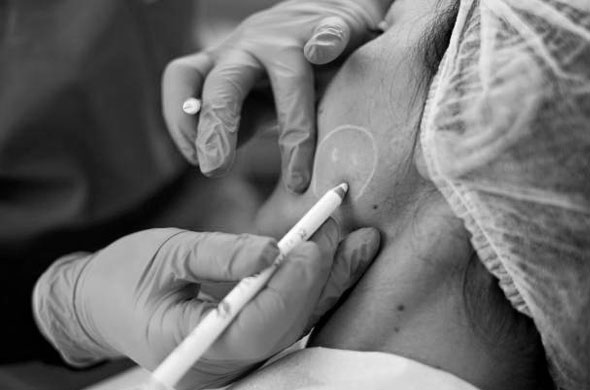What is Botulinum Toxin? Application Areas and Effects
- Hits: 275
Botulinum Toxin has a wide range of applications, from reducing wrinkles to addressing excessive sweating issues. With benefits like reducing wrinkles and alleviating migraine pain, botulinum toxin holds a significant place in medical aesthetics. In this article, we’ll explore the properties and application areas of botulinum toxin.
What is Botulinum Toxin?
Botulinum toxin is a protein complex derived from the bacterium Clostridium botulinum. This toxin temporarily blocks nerve transmission by inhibiting mediators released from nerve endings. With the interruption of nerve transmission, effects such as a reduction or cessation of movement in the muscles activated by the nerve may be observed.
Effects of Botulinum Toxin
Facial expressions such as smiling, frowning, squinting, and raising the eyebrows can lead to dynamic lines over time. These lines become permanent due to repeated facial expressions, especially in areas like the forehead, between the eyebrows, around the eyes, and the corners of the mouth.

Targeted Areas with Botulinum Toxin
Applying botulinum toxin to mimic muscles can reduce muscle movement. As a result, the appearance of wrinkles caused by muscle movements can be softened. Additionally:
- A noticeable rejuvenation effect may be observed in facial expressions.
- It may provide a protective effect against the formation of new wrinkles.
Uses of Botulinum Toxin
Botulinum toxin is used not only for aesthetic purposes but also to alleviate certain health issues. Primary uses include:
-
Aesthetic Purposes
- Softening frown lines, forehead lines, and crow's feet: Lines resulting from facial expressions can be reduced with botulinum toxin.
- Eyebrow lift: It can raise the outer edge of the eyebrow by 1-2 mm.
- Supporting effect on nasal and upper lip lines: Botulinum toxin can be used to address nasal and upper lip lines, gummy smiles, drooping nasal tips, and pronounced neck muscles.
-
Health Purposes
- Reducing excessive sweating: Helps reduce sweating in areas like the forehead, underarms, hands, and feet.
- Alleviating migraine pain: Can reduce the frequency and intensity of migraine attacks by relieving muscle tension that triggers migraines.
- Managing excessive teeth grinding (Bruxism): May be used to alleviate teeth grinding.
How is Botulinum Toxin Administered?
Botulinum toxin is applied using a microinjection technique, generally causing minimal discomfort. Local anesthetic cream and ice can be applied before the procedure to enhance patient comfort.
Post-Procedure Recommendations
- Do not wash or apply makeup to the face for the first 4 hours.
- Remain upright for the first 4 hours; avoid lying down.
- Avoid strenuous exercise and alcohol for 2 days.
- Avoid hot showers, saunas, and steam rooms for 2 days.
- Do not massage the injection area.
Frequency of Botulinum Toxin Applications
Botulinum toxin begins to take effect about 3 days after application, reaching maximum effect on the 7th day. The effect lasts for about 3-4 months, diminishing fully by 6 months. The procedure can be repeated once the effect has worn off.
Who Should Avoid Botulinum Toxin Applications?
Botulinum toxin is not recommended for individuals in the following circumstances:
- Those with allergic reactions to botulinum toxin or its ingredients.
- Individuals with infections at the application site.
- Those with muscular disorders (e.g., Myasthenia Gravis).
- Individuals with nervous system disorders.
- Pregnant or breastfeeding individuals.
- Those taking aminoglycoside antibiotics.
- Individuals with severe immune system disorders.
Important Note: In What Situations May Botulinum Toxin Be Inappropriate?
For example, in individuals with excess skin and sagging in the upper eyelids, applying botulinum toxin to the forehead may not be suitable. I’ll share more details on this topic in a separate blog post.






